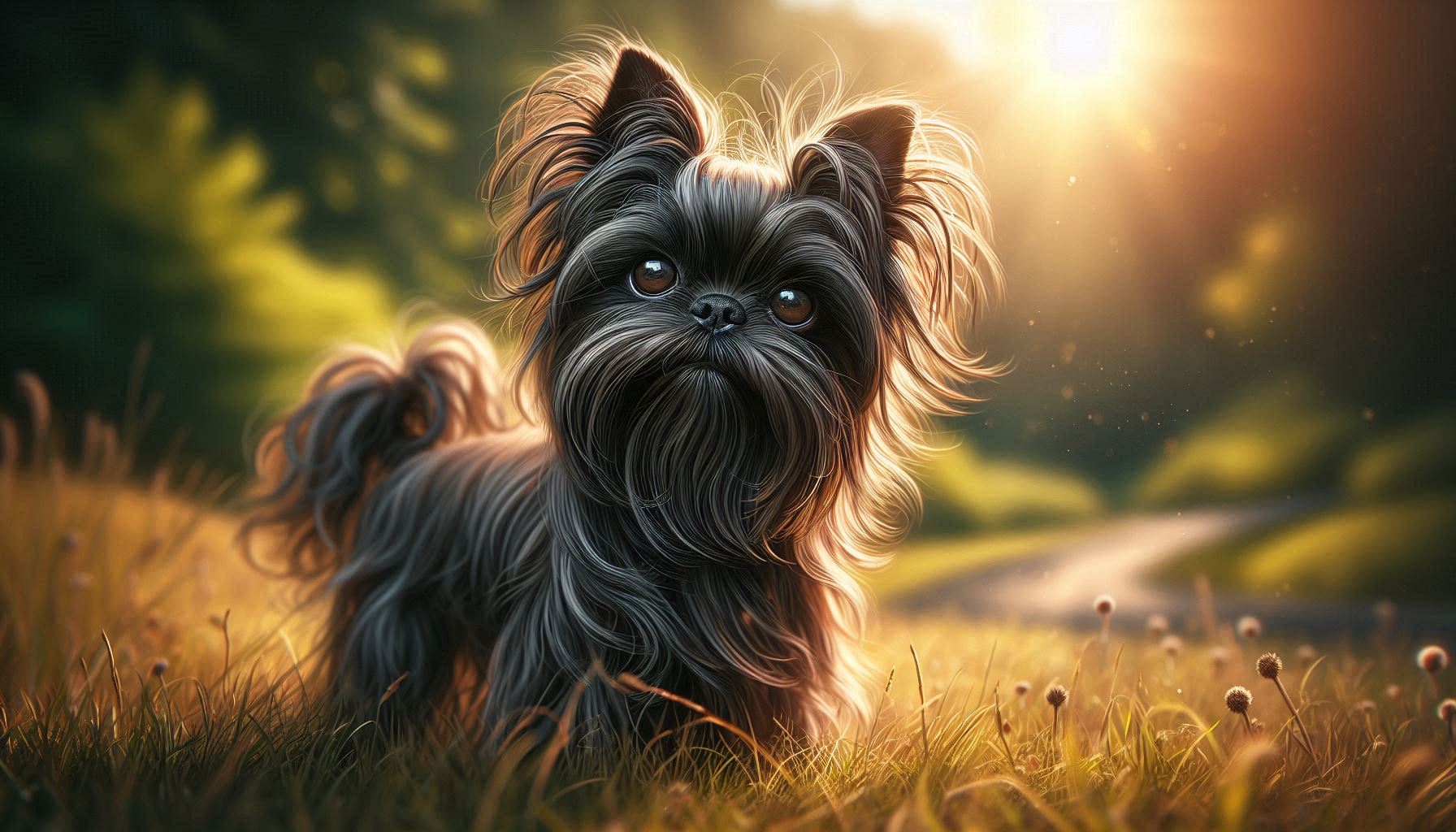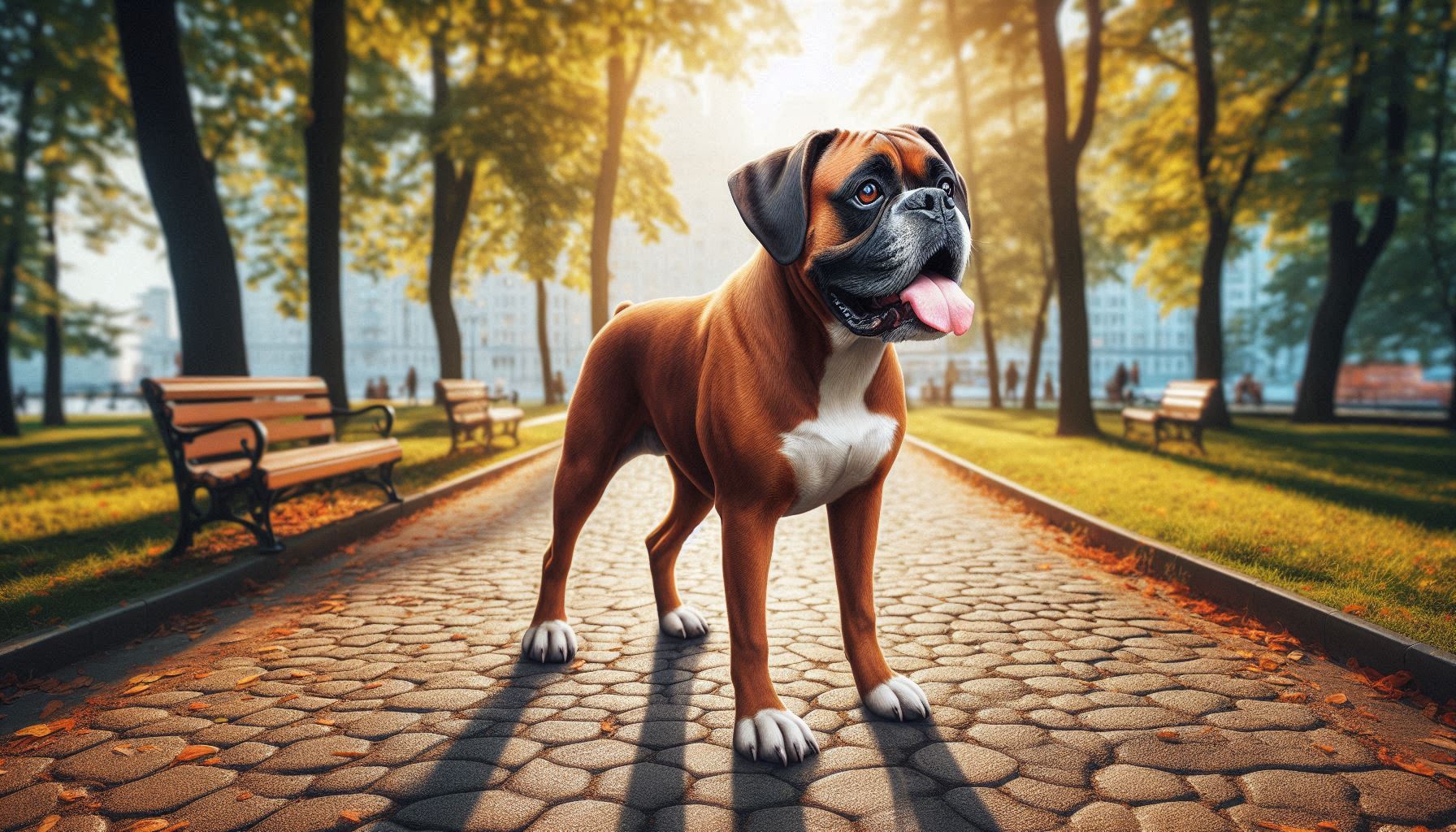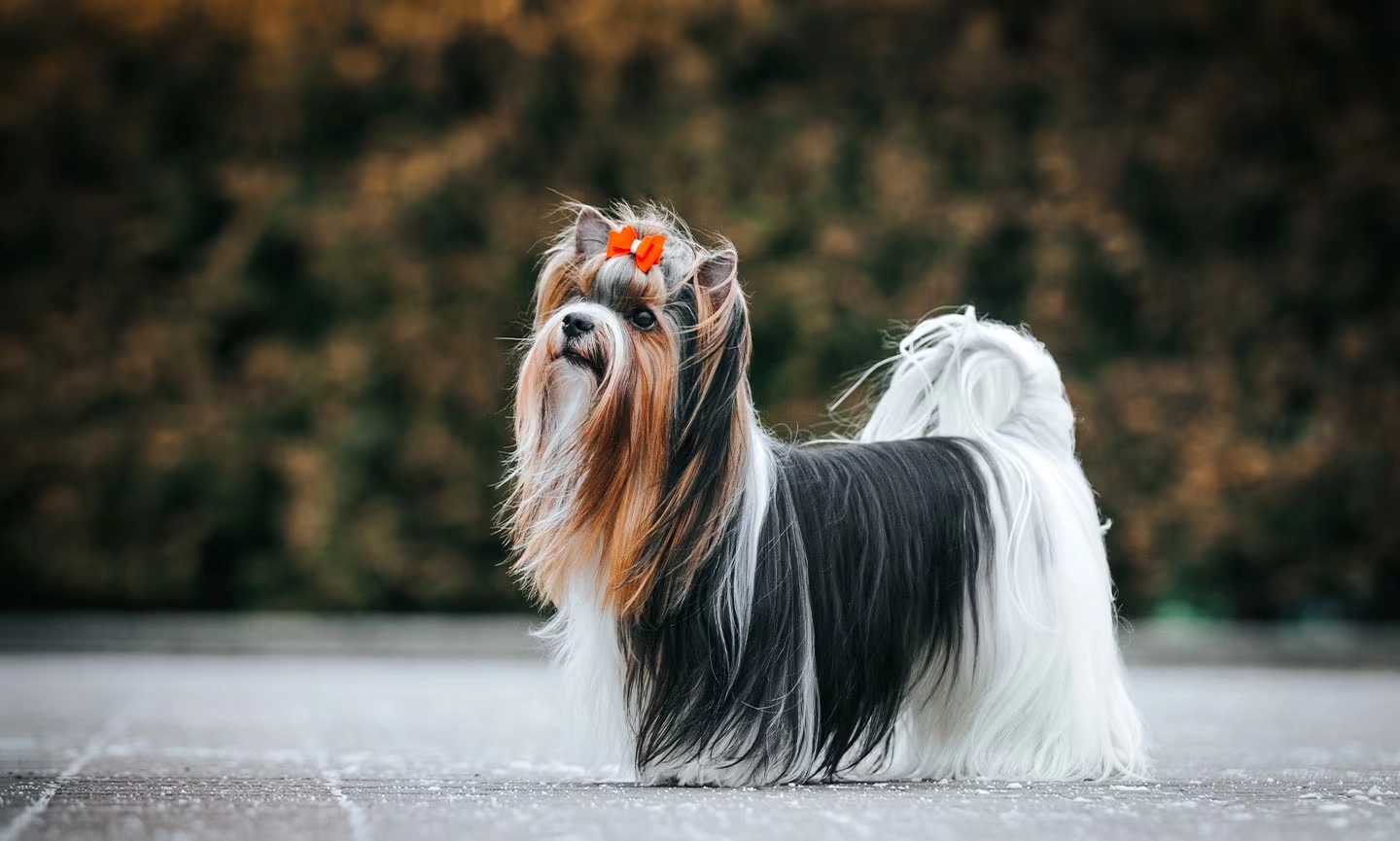Table of Contents
Great Dane Dog Breed
The Great Dane, often referred to as the “Apollo of Dogs,” is a giant among canines, known for its majestic stature and gentle nature. This breed is a favorite among dog lovers due to its impressive size combined with a surprisingly friendly and affectionate temperament. Despite their imposing presence, Great Danes are often described as gentle giants, making them a popular choice for families and individuals alike. This article delves into the fascinating world of the Great Dane, covering everything from its history to its care needs, and why this breed could be the perfect companion for you.
Great Dane Dog History and Origin
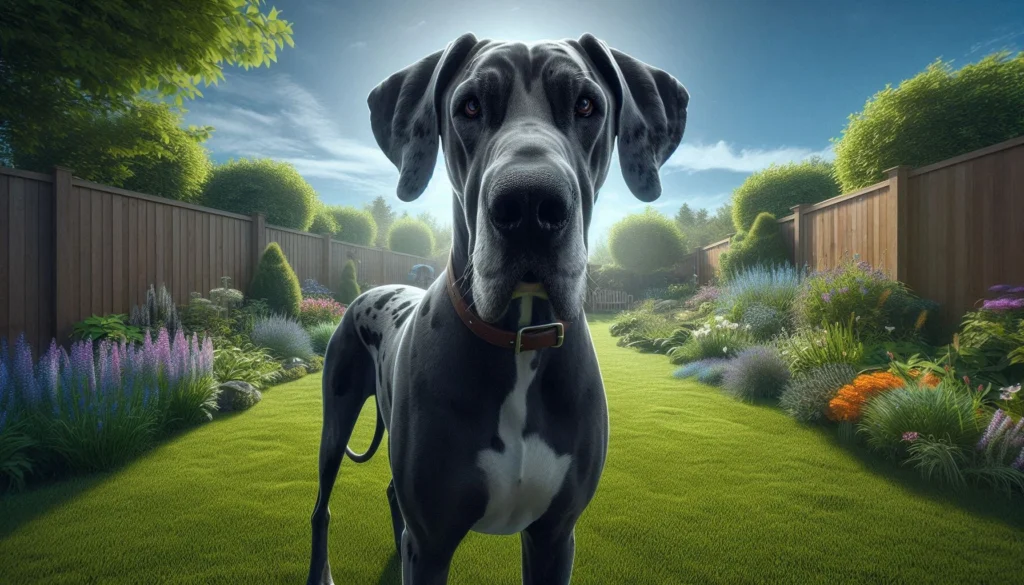
The origins of the Great Dane can be traced back over 400 years to Germany, where they were originally bred as boar-hunting dogs. These dogs were a cross between English Mastiffs and Irish Wolfhounds, resulting in a breed that possessed both the strength needed for hunting large game and the speed to chase down prey. Over time, their role shifted from hunters to guardians of estates, and eventually to the gentle companions we know today.
One interesting historical fact about the Great Dane is its association with nobility. In the 18th century, German nobility prized these dogs not only for their hunting prowess but also for their ability to guard their estates and serve as symbols of status. They were often pampered with gilded collars and slept in the bedrooms of their aristocratic owners.
Great Dane Dog Physical Characteristics

The Great Dane is one of the tallest dog breeds in the world, with males typically standing between 30 to 34 inches at the shoulder, and females slightly shorter at 28 to 32 inches. Their weight can range from 110 to 175 pounds, making them one of the heaviest breeds as well.
Coat and Colors
Great Danes have a short, smooth coat that comes in a variety of colors. The most common colors include fawn (a yellow gold with a black mask), brindle (fawn and black stripes), blue (a steel gray), black, harlequin (white with black patches), and mantle (black and white). Their sleek coat requires minimal grooming, but their size means regular brushing is essential to keep shedding under control.
Distinctive Features
Apart from their size Great Danes are known for their regal bearing and well defined musculature. They have a long, narrow head with a distinct stop and a powerful, yet elegant, body. Their ears are naturally floppy, but some owners choose to crop them for a more traditional look, though this practice is becoming less common.
Temperament and Personality
Despite their formidable appearance, Great Danes are known for their loving and gentle nature. They are often referred to as “gentle giants” due to their affectionate and friendly disposition. Great Danes are generally good with children and other pets, making them excellent family dogs.
Interaction with People
Great Danes form strong bonds with their owners and are known to be very loyal and protective. They are social dogs that thrive on human interaction and are often described as “people dogs.” Despite their size, they are known to be quite gentle with children, often showing a surprising level of patience and tolerance.
Interaction with Other Animals
Great Danes typically get along well with other dogs, especially if they are socialized from a young age. However, due to their size, it’s essential to supervise interactions with smaller animals to prevent any accidental injuries.
Health and Lifespan
Like all large breeds, Great Danes are prone to certain health issues that potential owners should be aware of. The average lifespan of a Great Dane is relatively short, typically ranging from 7 to 10 years. Some of the most common health concerns include:
- Hip Dysplasia: A genetic condition where the hip joint doesn’t fit properly, leading to arthritis and pain.
- Bloat (Gastric Dilatation Volvulus): A serious and life threatening condition where the stomach twists, cutting off blood flow.
- Dilated Cardiomyopathy: A heart condition that affects the heart’s ability to pump blood effectively.
Tips for Maintaining Health
To keep your Great Dane healthy, regular veterinary check ups are essential. A proper diet is crucial, particularly for puppies, to ensure they grow at a safe rate. Feeding them smaller, more frequent meals can help reduce the risk of bloat, and providing regular exercise will maintain their overall health.
Care and Grooming
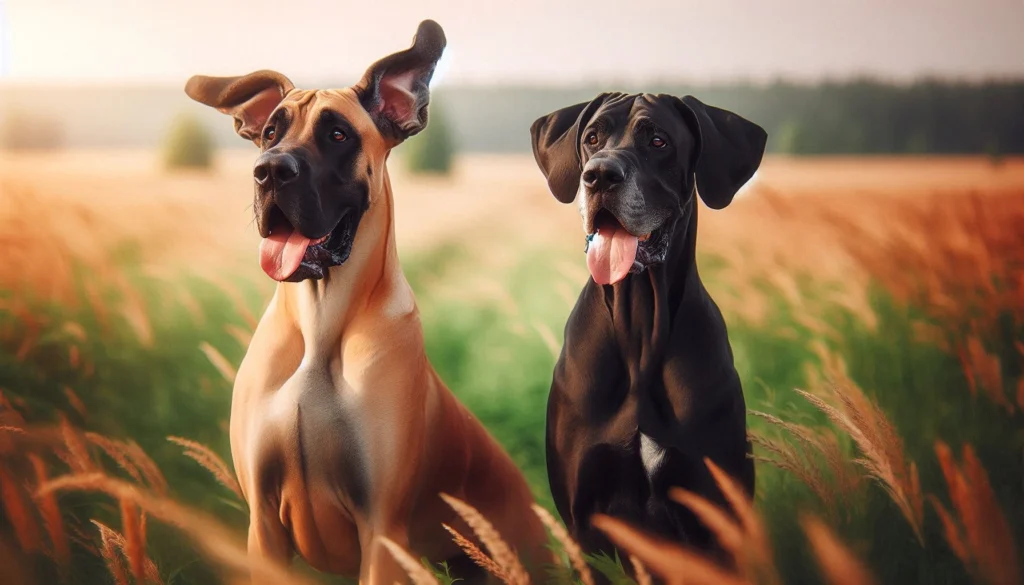
Grooming Needs
Despite their large size, Great Danes are relatively low maintenance when it comes to grooming. Their short coat requires brushing once a week to keep shedding under control and to maintain a healthy coat. Bathing should be done as needed, usually once a month, or more frequently if they get particularly dirty.
Exercise Requirements
Great Danes are not as high-energy as some other breeds, but they still require regular exercise to stay healthy and happy. Daily walks and playtime are sufficient for most Great Danes, but it’s important to avoid over nexercising them when they are puppies to prevent joint issues.
Dietary Recommendations
Given their size, Great Danes require a high quality diet that is rich in protein and low in fillers. It’s important to feed them large-breed dog food specifically formulated to meet their unique nutritional needs. Puppies, in particular, should be fed food designed for large breed puppies to ensure proper growth.
Training and Socialization
Training Challenges and Tips
Training a Great Dane requires patience and consistency due to their size and strength. Positive reinforcement methods work best with this breed, as they are sensitive and respond well to praise and treats. Early training is essential to ensure they grow into well-behaved adults, particularly because an untrained Great Dane can be challenging to manage due to its size.
Importance of Socialization
Socializing a Great Dane from a young age is crucial. Exposing them to different environments, people, and animals will help them develop into well-rounded dogs. Proper socialization can prevent behavioral issues such as shyness or aggression, making them more confident and friendly adults.
Suitability as a Family Pet
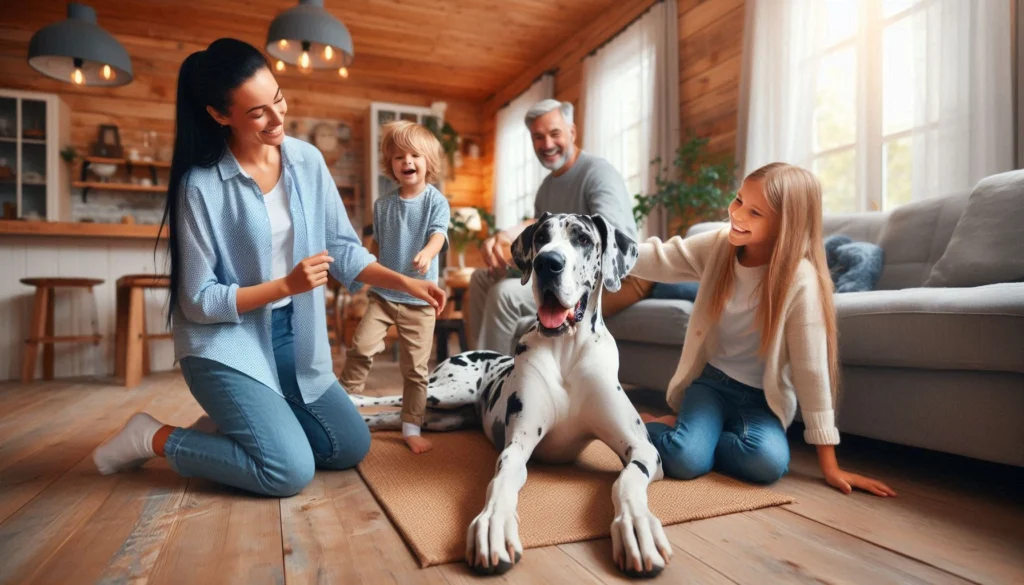
Great Danes are well suited to family life, provided they have enough space to move around. They can adapt to apartment living, but ideally, they should have access to a yard where they can stretch their legs. Their gentle and patient nature makes them particularly good with children, though supervision is always recommended due to their size.
Living Environment Considerations
While Great Danes can live in smaller spaces, they thrive in environments where they have room to roam. Their size should be a primary consideration for potential owners, as they need a large bed, a spacious area for food and water bowls, and a home that can accommodate their overall size.
Energy Levels
Despite their imposing size, Great Danes are surprisingly laid-back. They enjoy a good walk or play session but are just as happy to lounge around the house. This makes them a great fit for families or individuals who want a large dog without the high energy levels of breeds like Border Collies or Huskies.
Fun Facts and Trivia
- World Record Holder: The tallest dog ever recorded was a Great Dane named Zeus, who stood 44 inches tall at the shoulder.
- Nickname: Great Danes are often called “Gentle Giants” due to their friendly nature.
- Cultural Appearances: The Great Dane is famously known as the breed of Scooby Doo, the beloved cartoon character.
Dog Breeds Similar to Great Dane

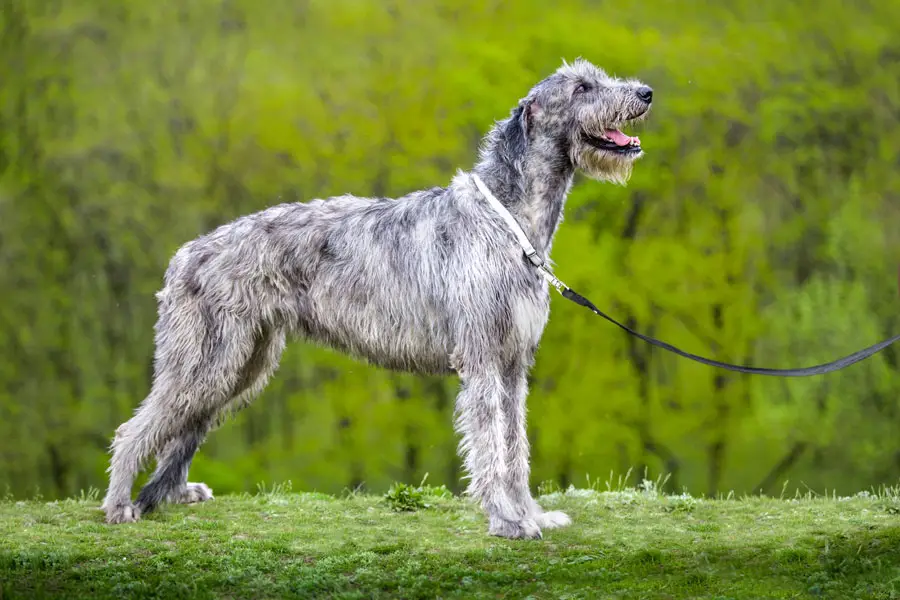
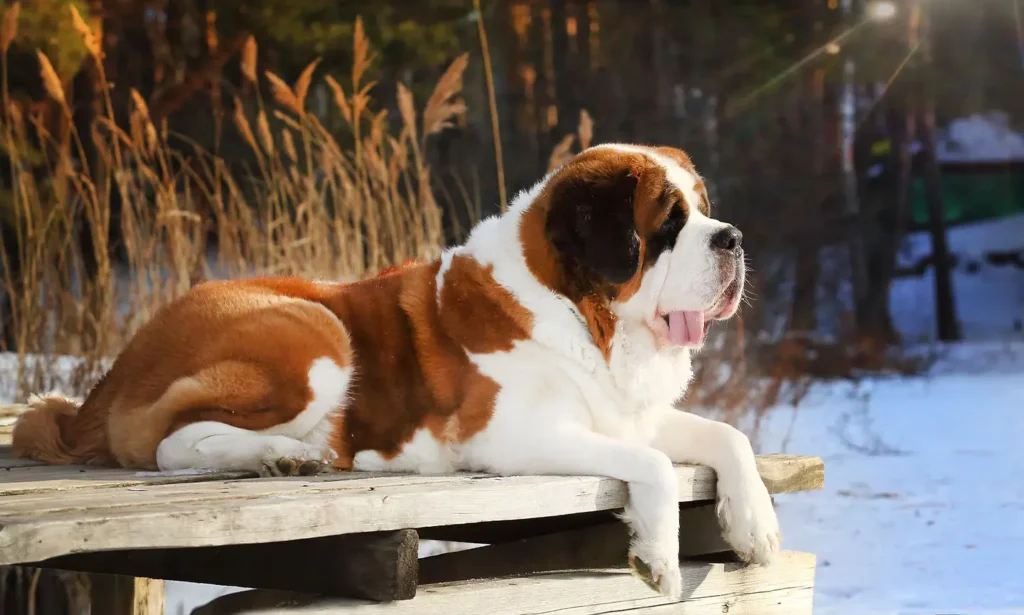
1. Mastiff
Mastiffs, like Great Danes, are large, powerful dogs with a calm and affectionate demeanor. They were originally bred for guarding purposes and share a similar protective nature, making them excellent family pets.
2. Irish Wolfhound
The Irish Wolfhound is another giant breed known for its tall stature and gentle personality. Like Great Danes, they were originally used for hunting large game and have since become beloved companions.
3. Saint Bernard
Saint Bernards are famous for their rescue work in the Swiss Alps. They are large, gentle, and great with families, much like Great Danes. Their calm demeanor and protective instincts make them similar to Great Danes in temperament.
Conclusion
The Great Dane is an incredible breed that combines size, strength, and gentleness in a way that few other breeds can match. Whether you’re looking for a loyal companion, a gentle family pet or a majestic dog to turn heads, the Great Dane might be the perfect fit for you. With proper care training, and attention to their health needs, a Great Dane can bring years of joy and companionship to your life.
FAQs
Are Great Danes dangerous dogs?
Despite their large size, Great Danes are not inherently dangerous. They are known for their gentle and friendly nature. However, due to their size and strength, it’s important to train and socialize them properly to ensure they are well-behaved and manageable.
Is the Great Dane the best guard dog to protect you or your family?
Great Danes have a natural protective instinct and can serve as good watchdogs due to their imposing size and deep bark. However, they are generally not aggressive and are more likely to act as deterrents rather than attack dogs. Their friendly nature makes them better suited as family companions than as traditional guard dogs.

